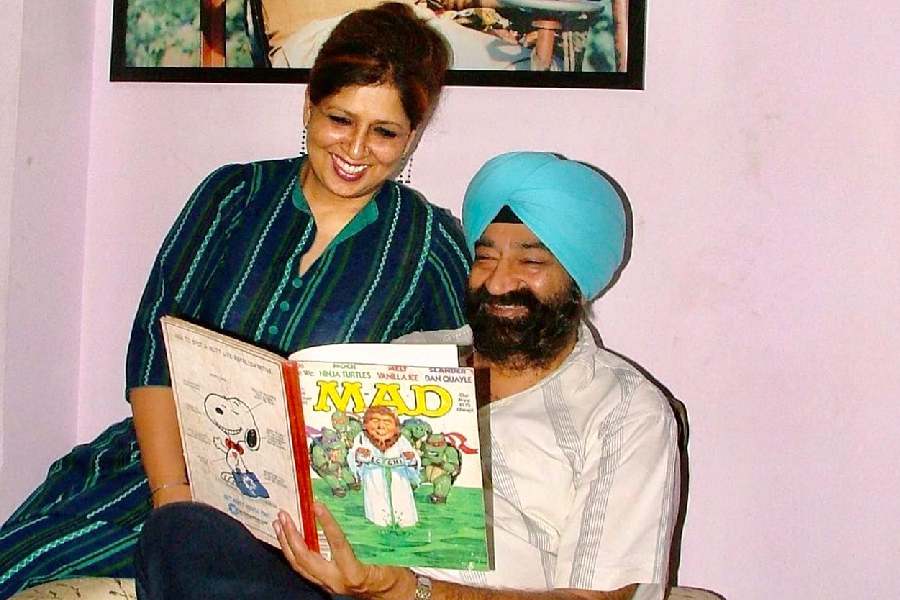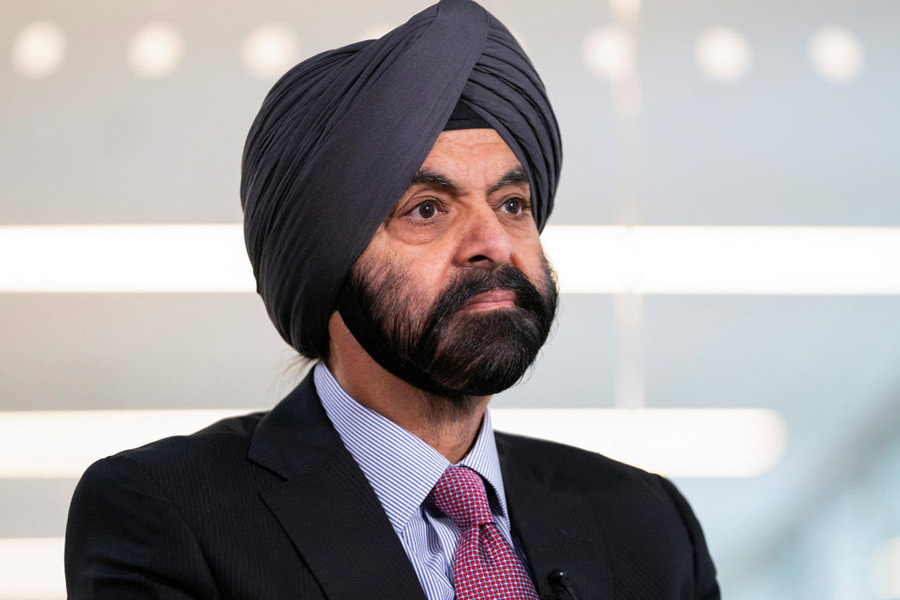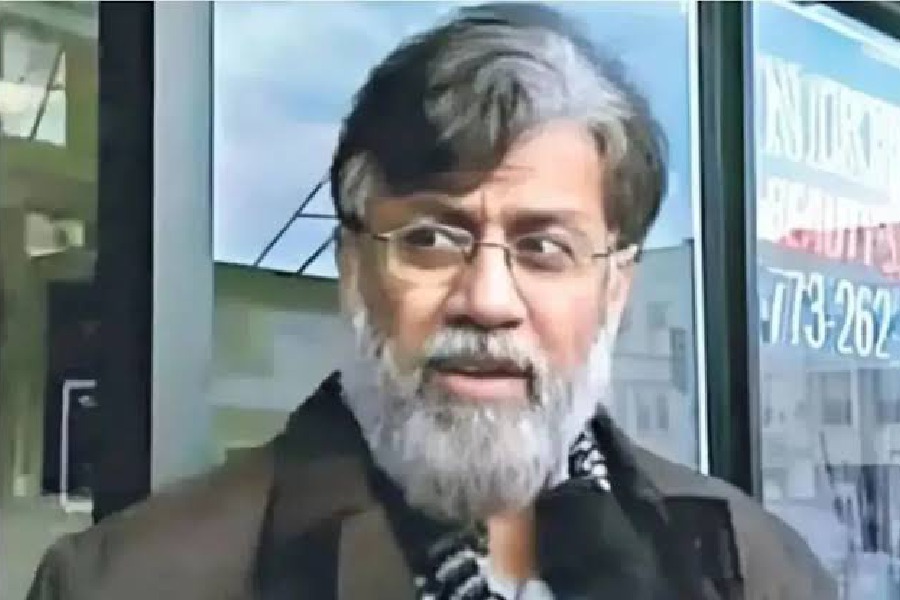
Bhubaneswar, June 6: Authorities of the National Institute of Science Education and Research (Niser) have decided to double its seat capacity from next academic session.
The new campus of the institute, which has a capacity of 100 seats, at Jatni was also formally inaugurated today.
Besides, during the institute's fourth graduation ceremony, Niser director V. Chandrasekhar today said: "The number of seats will be increased to 200 next year. This was not possible earlier as we did not have the required infrastructure. Now that we have moved to the new campus, the seat number will be increased, and more students will get a chance to study in the institute."
A record number of 46,617 students applied for the 100 seats of Niser this year. The institute also plans to open more schools and admit more PhD students from next year.
"We will completely shift to the permanent campus at Jatni by August 4," said Chandrasekhar. The 294.8-acre campus is being developed under the supervision of the directorate of construction, services and estate management of the department of atomic energy at a cost of Rs 500 crore.
Atomic energy commission chairman Ratan Kumar Sinha, who was the chief guest on the occasion, stressed on the importance of education. Sinha appreciated the fact that fundamental research continued to be the top career choice for students at Niser.
Around 59 students from the schools of physics, chemistry, mathematics and biology - who received their degrees today - were also offered to undertake research at some of the most sought-after institutes in Texas, Austin, Michigan, Wisconsin-Madison and Maryland in the USA. Three doctoral candidates also received their degrees.
Delivering his address, Sinha said: "Large advanced technology projects require people, who understand the science behind such projects and can engineer them. In today's higher education system, neither the science stream nor that of engineering and technology addresses this problem."
"It is up to institutions like Niser to bridge this gap and remove the artificial barrier between science and technology," said Sinha.










